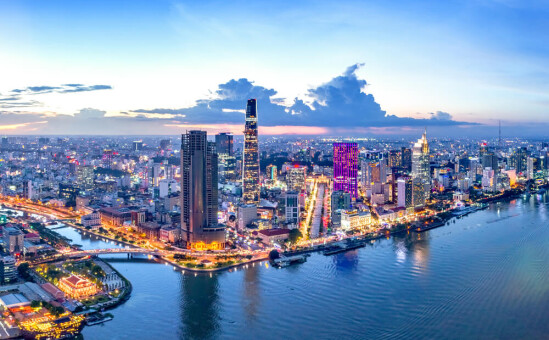9 Mind-blowing National Parks in Indonesia Not to Miss
Uncover the biodiversity and uniqueness of Indonesia’s best national parks. Find out where they are, what to see and how to visit them.

From the towering peaks of volcanic mountains to the lush rainforests that house rare and exotic species, the national parks in Indonesia are a testament to its commitment to preserving its natural heritage. There’s no doubt the landscapes above water are magnificent, but the marine parks are not to be outdone. They are some of the most biodiverse and unique underwater utopias on this planet.
With a staggering 54 national parks spread across its 18,000 islands, knowing where to start can be a little overwhelming. Not to worry. We’ve done the work for you and narrowed it down to the best national parks in Indonesia so you don’t miss a beat.
Keep reading to discover where these remarkable national wonders are located, what to expect, and how to visit them.
Komodo National Park
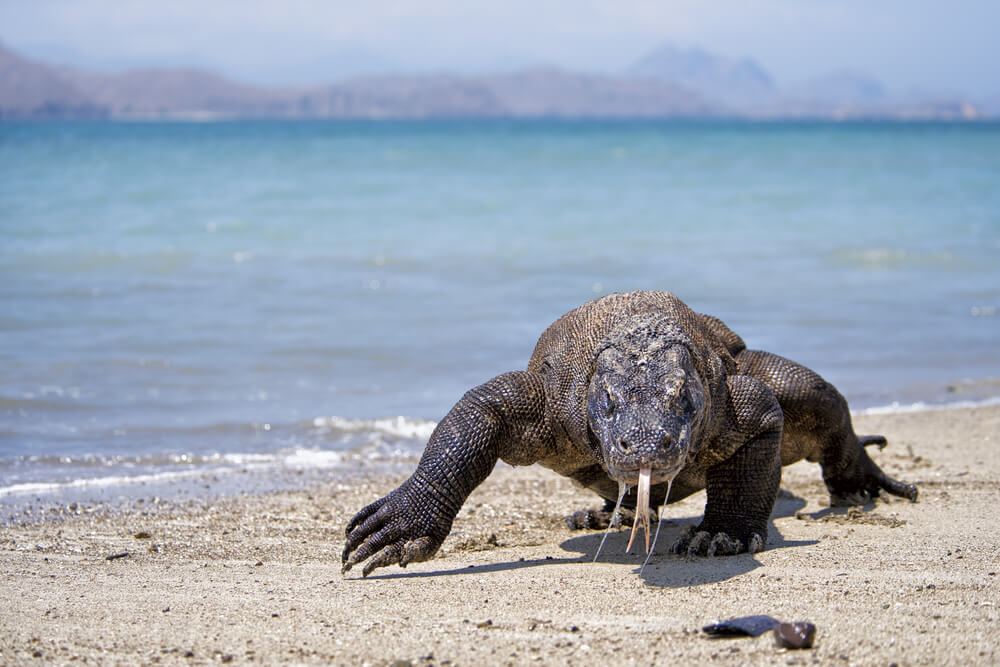
Let’s begin with one you’ve probably heard of — Komodo National Park. It’s not just a national park; it’s also a UNESCO World Heritage Site. It was added to their list to protect the island’s most important residents, the Komodo dragons.
The park is spread over three islands: Komodo, Sumbawa and Flores, plus several smaller ones. The islands are home to around 5,700 of these giant lizards, found nowhere else in the world.
But it’s not just the out-of-this-world Komodo dragons that should entice you there. Its waters are teeming with rich coral reefs, providing sanctuary for a great diversity of species. Don’t be surprised to spot sea turtles, whales, dolphins and dugongs while exploring!
How to get to Komodo National Park in Indonesia
The most popular way to get to Komodo is to fly into Labuan Bajo on the island of Flores. There are flights from places such as Bali, Lombok, Jakarta and Yogyakarta.
From there, you must join a boat tour to explore the islands.
Tanjung Puting National Park
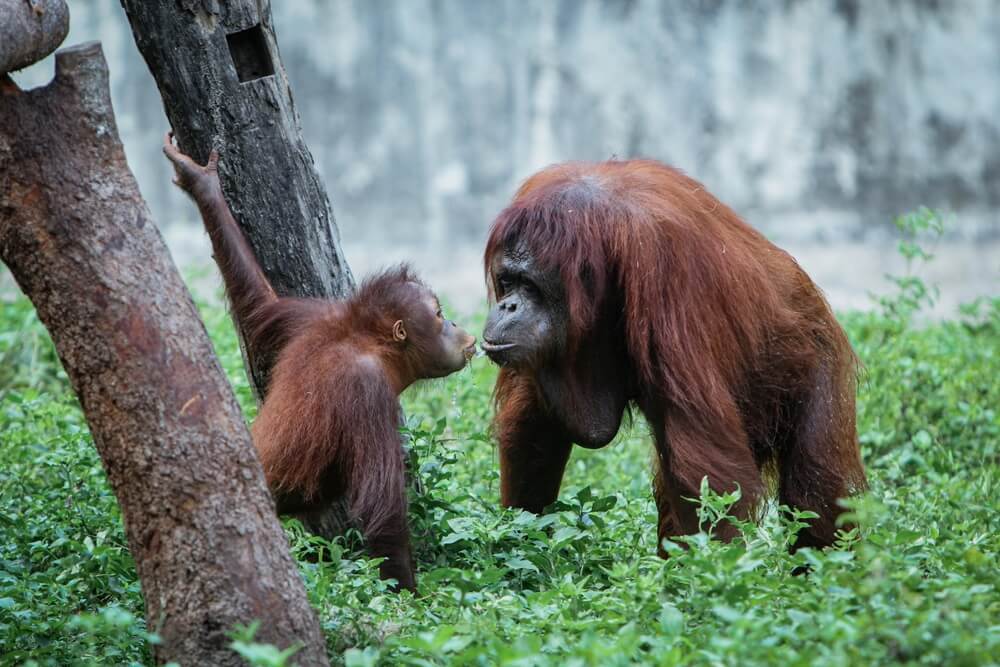
What’s the first thing you think of when you hear Borneo mentioned? Orangutans, right?
Tanjung Puting National Park is in the Indonesian province of Central Kalimantan (Central Borneo). Thanks to the park’s renowned conservation efforts, this national park in Borneo is home to the world’s largest population of wild orangutans.
As you hop on a traditional klotok boat to sail up the Sekonyer River, you’re also guaranteed to glimpse a fiery orange Orangutan. Keep an eye out for other monkeys, gibbons, and sunbears too!
How to get to Tanjung Puting National Park
The easiest way to get to Tanjung Puting is to fly to the closest airport, Pangkalan Bun. It’s only a short taxi ride from Kumai, the gateway to the natural wonder.
Not a fan of flying? You can also catch a 72-hour boat from Semarang on Java to Kumai. But are you brave enough to spend this long on a boat?
Gunung Leuser National Park
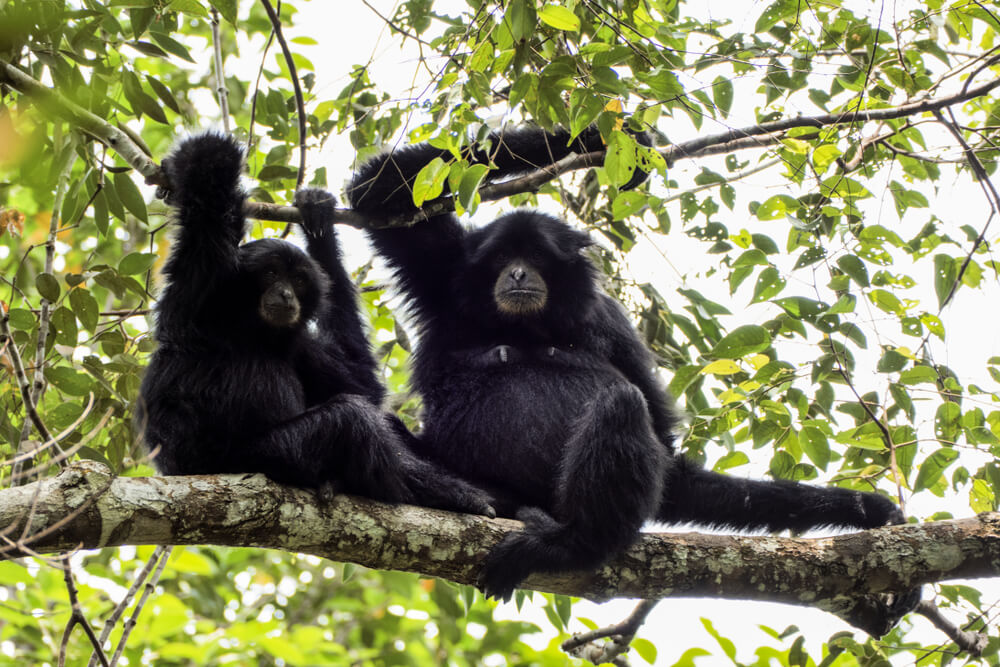
You might have heard whispers about the more famous parks like Komodo National Park, also called Jurassic Park, but the lesser-known ones have their own magical elements to flaunt.
Gunung Leuser National Park, Indonesia, is home to over 10,000 plant species, 750 different species of animals, more than 200 mammals, 380 birds and 190 reptiles and amphibians. It’s a whopper! And one of the most biodiverse places in the world.
It’s also another chance to spot orangutans as well as elephants, rhinos, and tigers. However, you’ll have to have your lucky pants on to catch a glimpse of an elusive tiger.
Take a moment to let those statistics sink in — pretty impressive for a place most people have never heard of.
How to get to Gunung Leuser National Park
The best way to get to Gunung Leuser is to fly into Medan Kualanamu International Airport. You can catch a flight from Jakarta, Singapore and Malaysia.
From here, you’ll need to take a bus or taxi to one of the villages near the park. Two popular options are Bukit Lawang or Ketambe Village, three and 7-hours away, respectively.
Ujung Kulon National Park
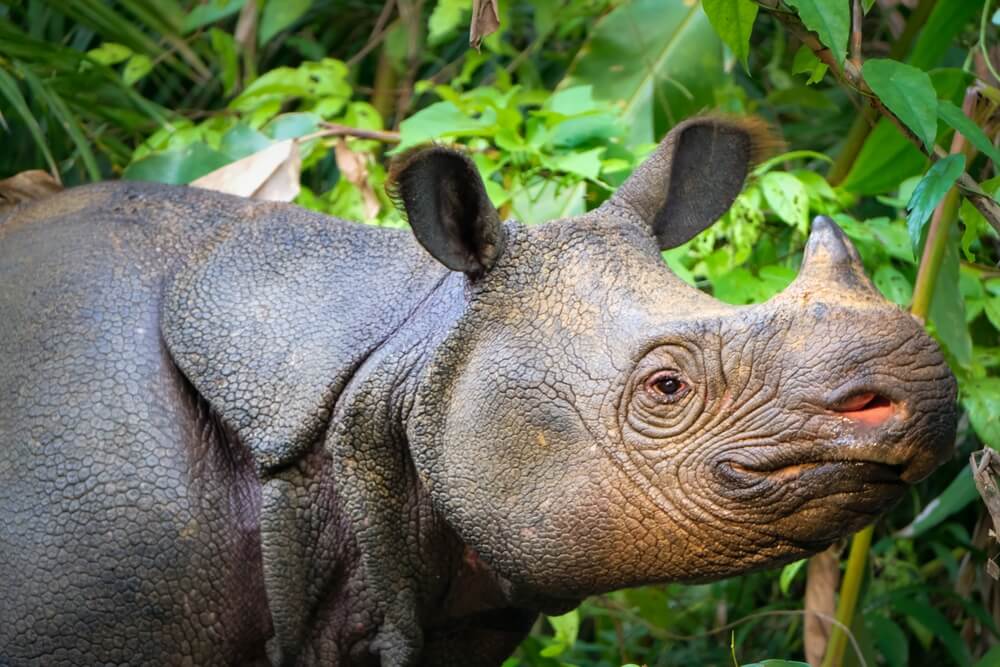
Another national park in Indonesia famous for one particular animal is Ujung Kulon.
You’ve probably heard of black and white rhinos. But do you know anything about Javan rhinos?
Aside from being super cute, they’re a species of critically endangered rhinos that used to be found throughout Southeast Asia. With around 70 Javan rhinos left, Ujung Kulon is the only place you’ll find them now.
It’s not just about spotting the rhinos, although that would be enough. The national park is also the largest remaining area of lowland rainforest in Java. This place is thriving when it comes to flora and fauna. It almost feels like you’ve been transported to a different world.
How to get to Ujung Kulon National Park
Ujung Kulon is located on the westernmost tip of Java. To get there, you’ll need to charter a 2-3 hour boat from Carita Beach, a town on Java’s west coast, to Peucang Island, where one of the national park’s offices is located.
Or you can drive for 3.5 hours from Jakarta to Labuan, where the main office is, before continuing to Panimbang, Sumur and Tamanjava for another two hours to reach the park.
Wakatobi National Marine Park
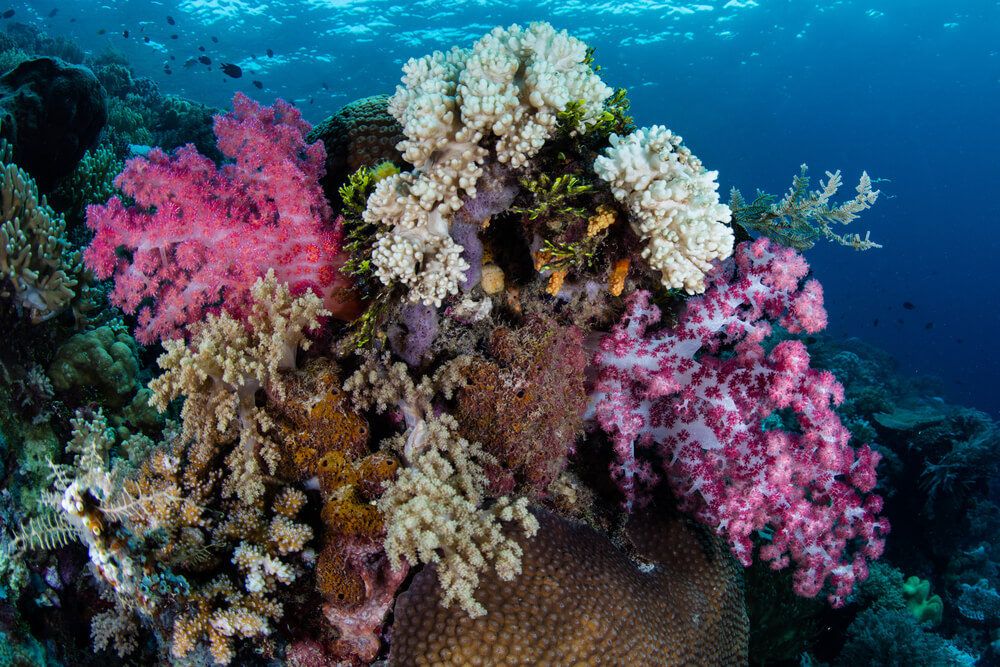
This one’s for you water babies out there!
Wakatobi is a marine national park located in Southeast Sulawesi. It’s considered the epicenter of coral reef biodiversity because you’ll find 750 out of 850 coral reef species found worldwide. Not only that, nearly 1000 species of fish can be seen here. It’s paradise on earth for divers, snorkelers or anyone who loves exploring our underwater worlds.
And the best part is that the world hasn’t discovered it yet.
You won’t find many underwater videos from Wakatobi National Marine Park popping up on your social media…yet!
This place is somewhere you’ll never forget!
How to get to Wakatobi National Marine Park
Wakatobi National Marine Park isn’t the easiest to get to, which potentially has kept this underwater paradise so preserved.
There are two ways for you to get there. You can either fly to Makassar or Kendari and fly directly to Wangi Wangi, right by the national park.
Or you can fly to Bau Bau and then take a boat to Wanci, Kaledupa, or Tomia, the islands nearby.
Bogani Nani Wartabone National Park
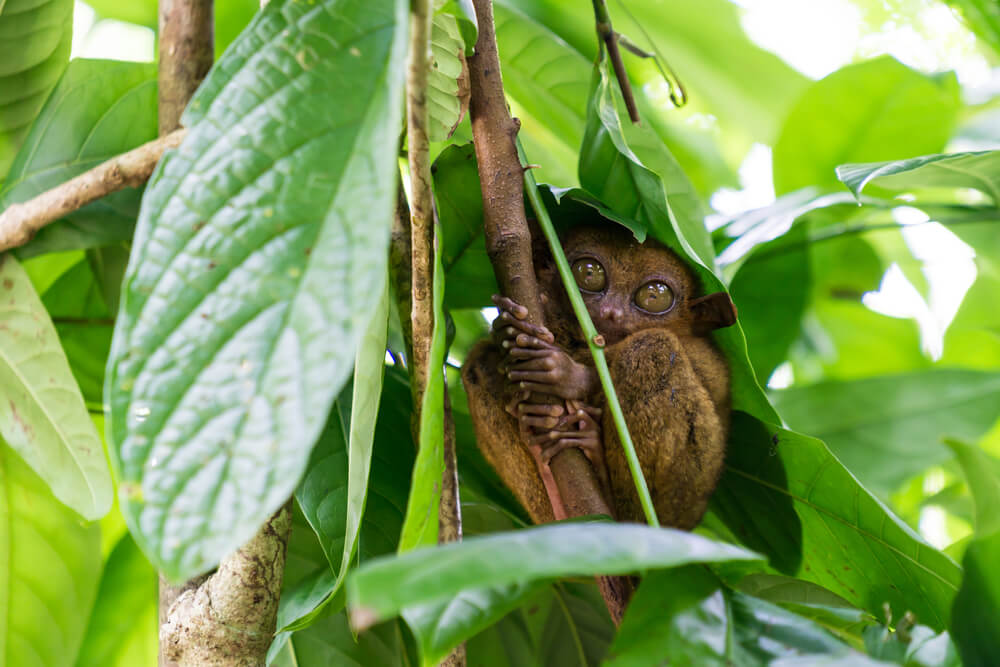
If you like to see more monkeys than tourists, add this national park in Indonesia to your list.
Bogani Nani Wartabone is located in North Sulawesi in northern Indonesia. It’s unlikely you’ll be finding any smoothie bowls around here.
It’s a hub for hiking, whether you want to take on Mount Poniki or explore Toraut with its spectacular lakes, waterfalls, and hot springs.
To keep you entertained while hiking, nature puts on an unforgettable performance of tarsier monkeys, Cinnabar hawk owls and several endangered species of plants.
How to get to Bogani Nani Wartabone National Park in Indonesia
Despite being off the traditional Indonesian tourist path, getting to Bogani Nani Wartabone National Park is a breeze.
Most people arrive from Jakarta. You’ll need to hop on a 3-hour plane from Soekarno-Hatta International Airport and fly to Jalaluddin Airport. From the airport, you can take local transportation directly. This trip usually takes around two hours.
Bromo Tengger Semeru National Park
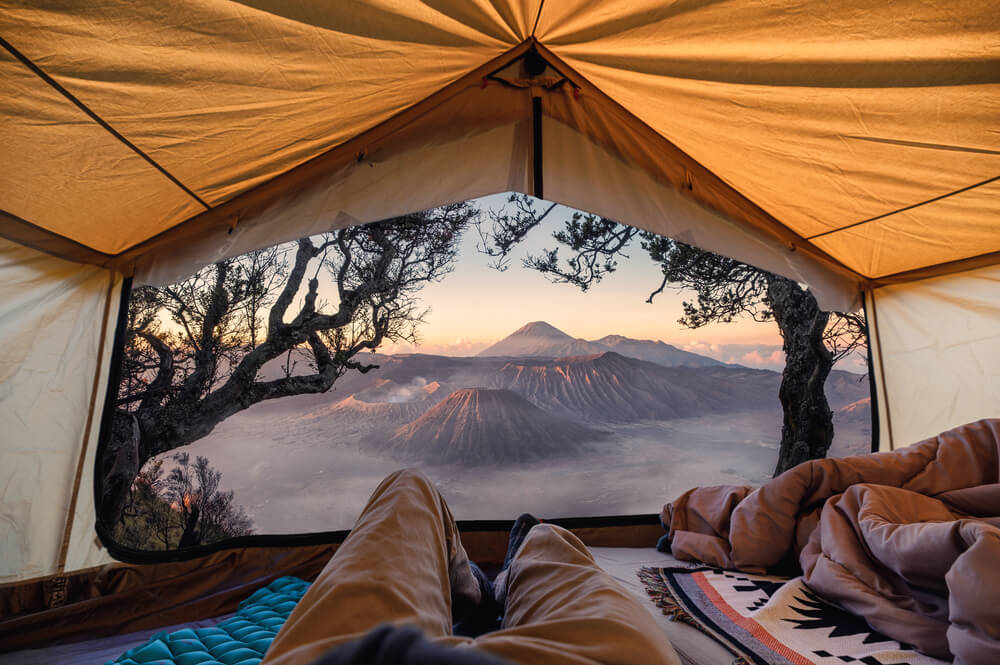
Witnessing Bromo Tengger Semeru National Park at sunrise is a spectacular sight you’ll never forget. The warm golden glow cast over the cluster of five volcanoes as a sea of clouds floats underneath it is as picturesque as it gets!
This area in East Java has become one of Indonesia’s most popular national parks. It’s accessible yet remarkable. Plus, it’s full of adventures like racing up a mountain in a jeep at midnight, watching the sunrise, crossing the Sea of Sand and peering into Bromo’s bubbling crater.
All of that before 10 a.m.!
How to get to Bromo Tengger Semeru National Park
Surabaya, Malang and Probilingo are the most popular gateways to visit Bromo National Park. You can fly into Surabaya from multiple destinations worldwide and within Indonesia. Or you can reach them all by train.
From these gateways, you’re best option is to hire private transport or a tour to reach Mount Bromo.
Kerinci Seblat National Park
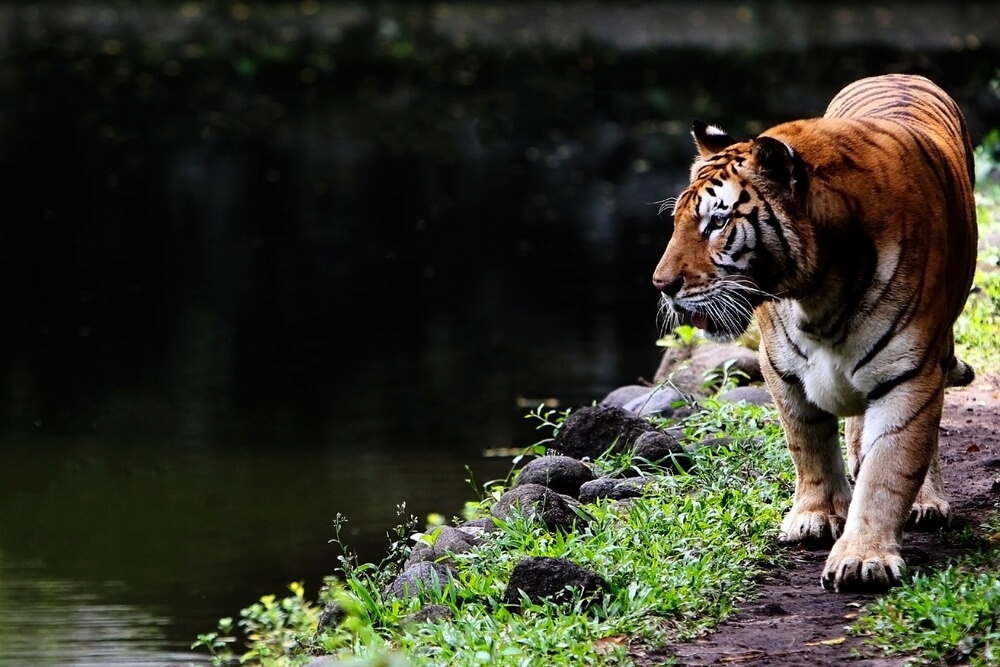
Kerinci Seblat is the largest national park on the island of Sumatra and one of the biggest in Indonesia.
Its huge coverage provides a last refuge for almost extinct species like the Sumatran tiger and the Sumatran rhinoceros, the world’s smallest. Although neither is easy to spot due to their low remaining numbers, just knowing it’s helping to keep these species alive is a beautiful thing.
In your search for wildlife, you’ll cross a diverse range of ecosystems, from dense rainforests to alpine meadows and even the mighty Mount Kerinci, standing at 3,805 meters high.
How to get to Kerinci Seblat National Park
Most people visit Kerinci Seblat by flying into Minangkabau International Airport in Padang, the nearest large city. From the airport, it’s still another 3-4 hours of driving until you reach the national park.
Bunaken National Marine Park
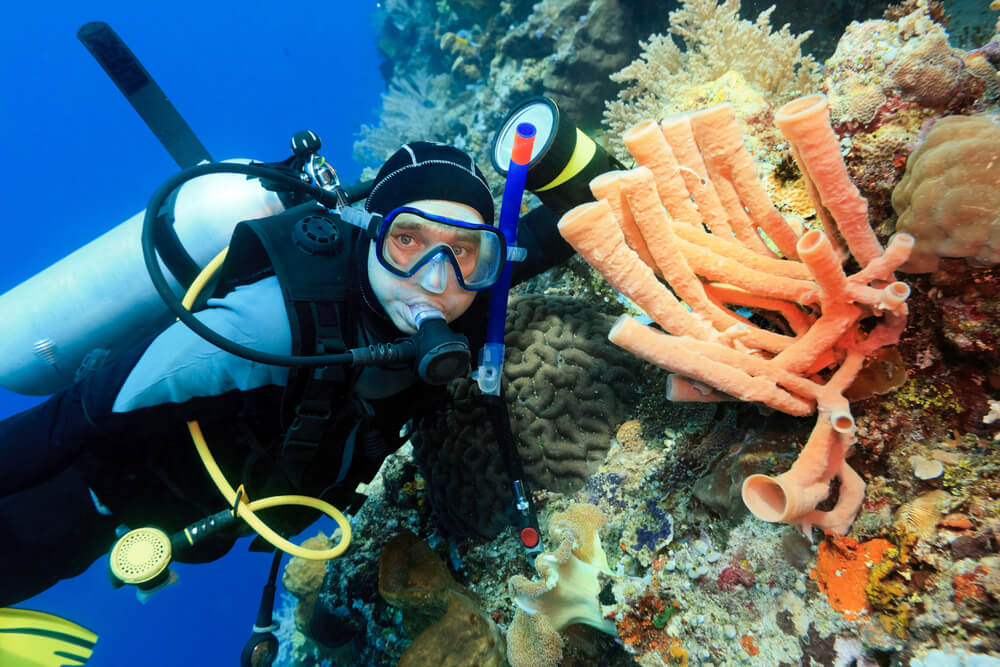
Bunaken National Marine Park is another hotspot for diving in Indonesia. Tell any avid diver that a spot has over 390 different species of coral, and they’ll be chomping at the bit to get in those waters. The biodiversity here is insane.
But not quite as insane as the sheer drops and coral walls found here. In some places, the sea depths plummet to over 1,500 meters. A bit closer to the surface, it’s impossible not to spot a turtle or two going about their day.
The diversity doesn’t stop at the coral. The national park’s range of ecosystems is mindblowing. You have everything from mangroves, seagrass beds (keep an eye out for a grazing sea cow), and coral reefs to unique environments on land.
How to get to Bunaken National Marine Park
Once you’re in Manado, the second-largest city on the island of Sulawesi, head to Mando Harbour, Molas, Kalesey or Tasik Ria Beach and hop on a ferry to Bunaken. The boat journey takes around 45 minutes.
Lorentz National Park
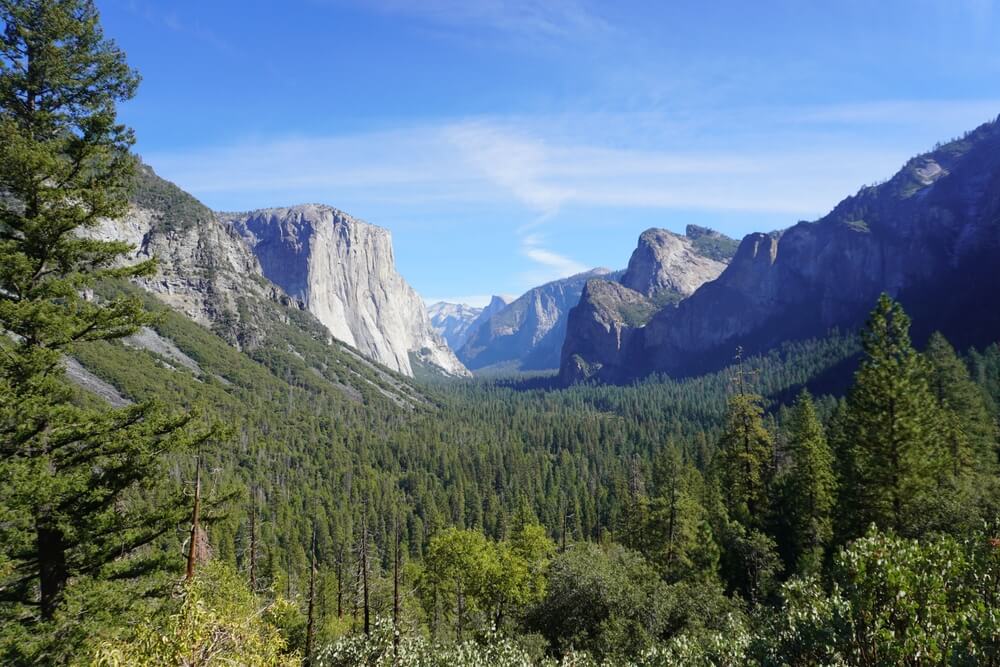
Not only is Lorentz National Park Indonesia’s largest, but it’s also the largest protected area in Southeast Asia. That’s how precious this area of the world is!
The landscapes and array of wildlife are phenomenal! One minute, you have snow crunching under your feet, and the next, you’re trudging through lowland wetlands. This otherworldly environment is created by two continental plates that meet in the park.
There are several indigenous communities who follow a semi-nomadic way of life while also practicing agriculture, and they still reside in this area.
How to get to Lorentz National Park
The best way to reach Lorentz National Park is by flying into Wamena, Biak, Jayapura, or Timika. From here, the easiest way to reach the park is to hire private transportation through a local agency.
Weather in Indonesia
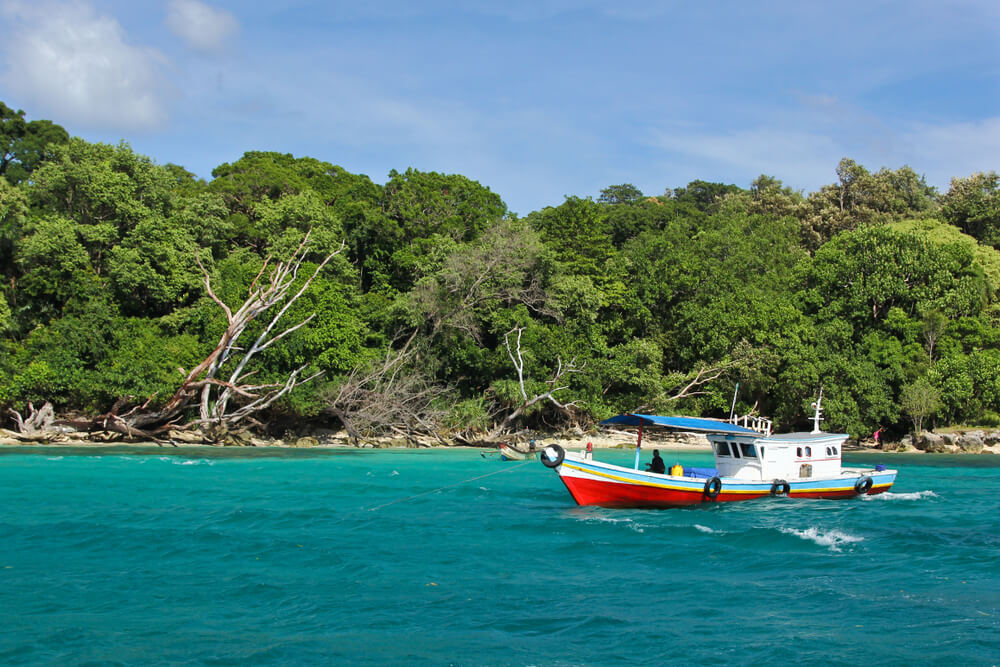
Indonesia experiences a simple division of seasons: the wet season and the dry season. The tropical climate maintains an average daytime temperature of around 28°C (82°F) throughout the year.
The dry season graces the country from May to October, while the onset of the wet season begins in November or December and lingers until March or April.
Packing list essentials for national parks in Indonesia
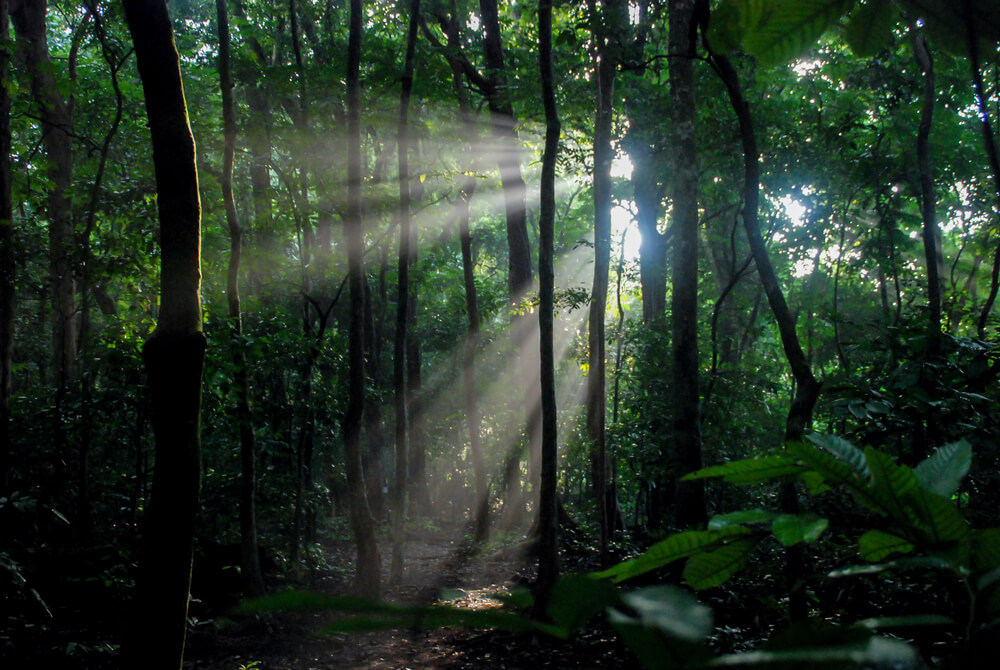
Packing for an adventure through Indonesia’s best national parks will be a little different from lazing on a beach and eating smoothie bowls in Bali.
Here are some things you shouldn’t forget:
- Comfortable walking shoes — preferably ones that are waterproof and broken in.
- Bug spray — there’s nothing worse than getting eaten alive.
- Sunhat
- Sunglasses
- Suncream
- Rain jacket or poncho
- Water and snacks
Map of Indonesia’s best national parks
Indonesia’s national parks are spread across its islands, with a number of them concentrated on Java, Sumatra, Sulawesi and Borneo. But you can’t see them all. Check out this map and plan accordingly.
How to get to Indonesia
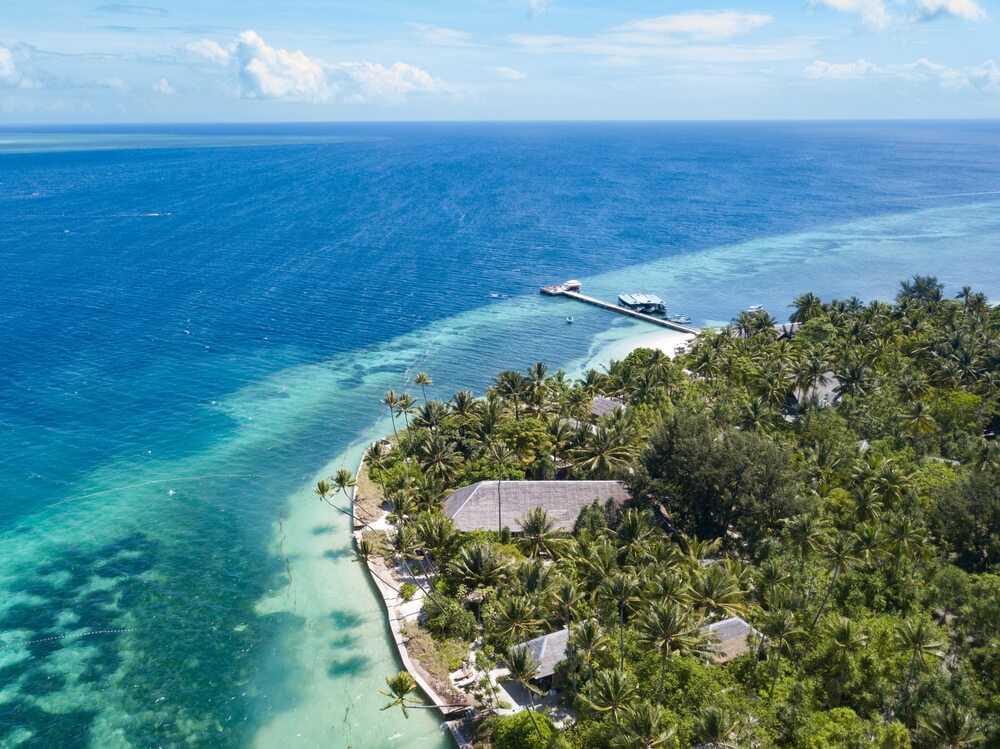
Getting to Indonesia is relatively straightforward, thanks to its well-connected international airports and seaports. Jakarta’s Soekarno-Hatta International Airport (CGK) and Bali’s Ngurah Rai International Airport (DPS) are the most popular arrival destinations.
Some other options include Surabaya (Java) and Medan (Sumatra).
Which national park in Indonesia are you going to visit?
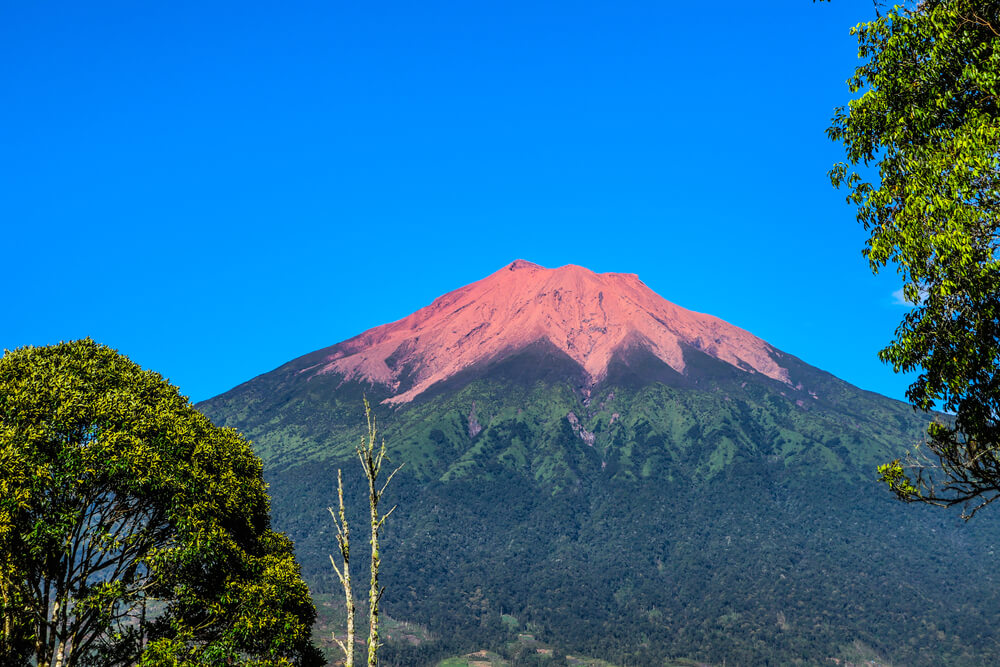
Indonesia is home to some of the most biodiverse national parks in the world, so don’t miss your chance to visit paradise on earth. Or to see almost extinct species before it’s too late.
However, one cannot live on nature parks alone. Fuel your Indonesian national park adventures with a self-guided food tour and a waterfall tour of the region.
FAQ
Indonesia has 54 national parks, nine of which are UNESCO World Heritage Sites.
Lorentz National Park is not only the largest in Indonesia but the largest protected area in Southeast Asia.
Yes, West Bali National Park is located in, you guessed it, the western part of Bali.



